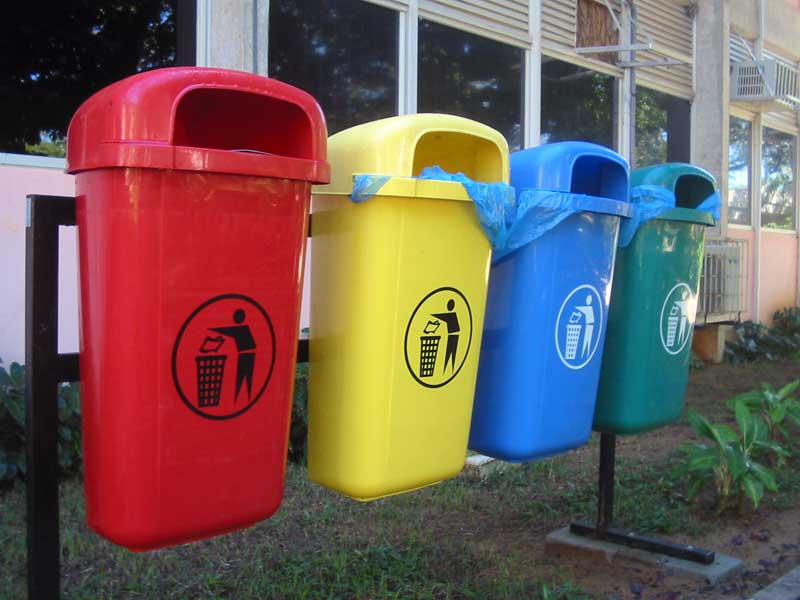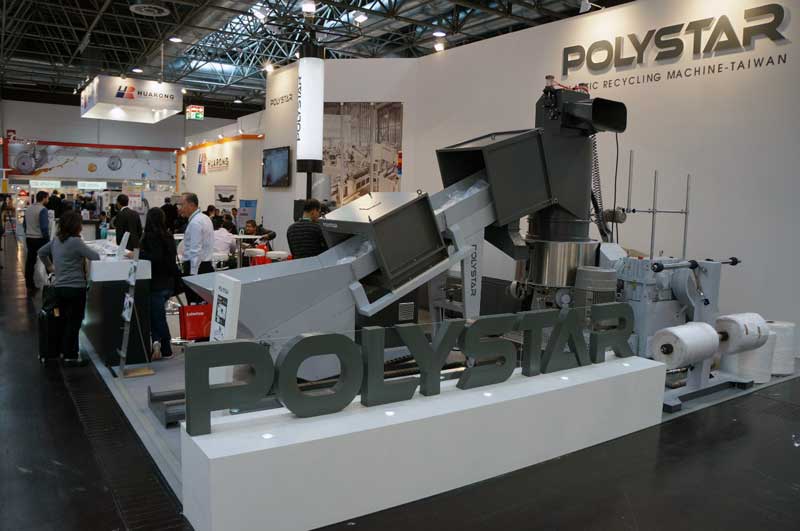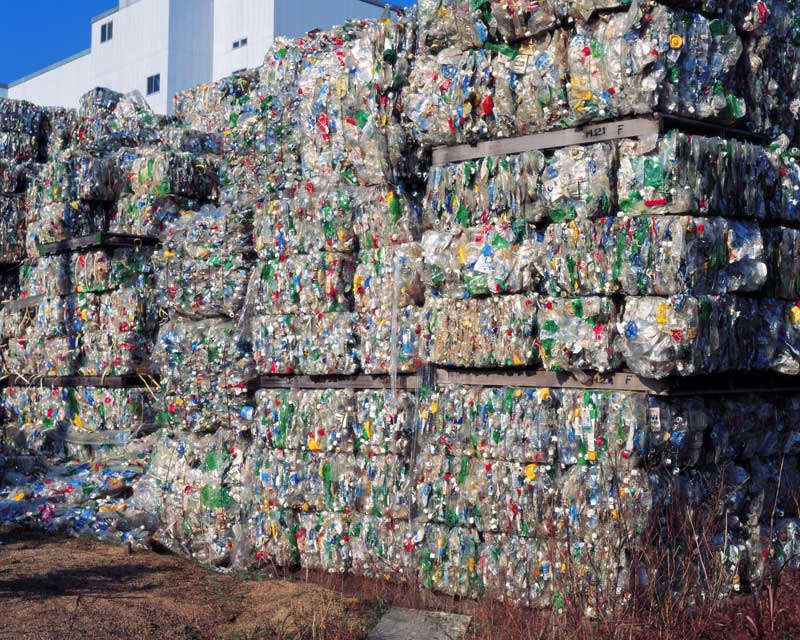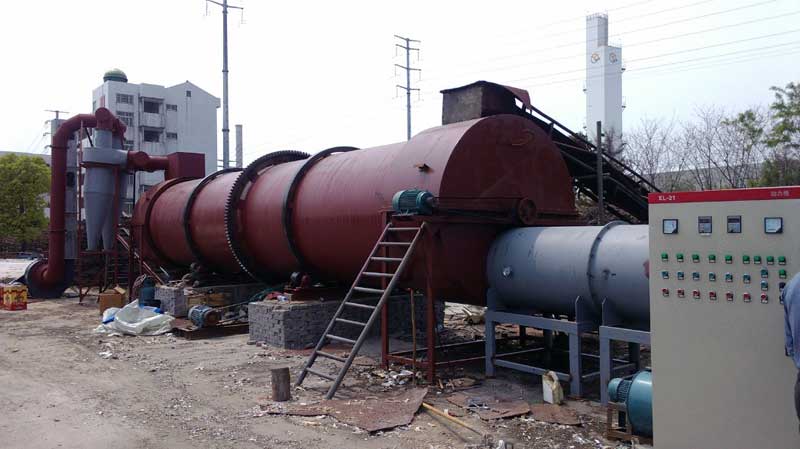Site sections
Editor's Choice:
- Business with China - where to start, how to find suppliers + TOP-15 goods from China and a list of trading platforms
- Where to invest 1000 dollars
- Three common misconceptions and six life tips
- How can maternity capital be used - what needs can be spent on maternity capital
- Caramel apples - a new idea for business
- Ready business plan for beginners
- Gypsum tiles for stone: 7 advantages of the material
- How to buy the best and interesting unusual goods from China for home, gifts and sale on Aliexpress in Russian?
- Business plan for opening a bath
- Where to spend maternity capital before the child is 3 years old
Advertising
| Recycling plastics for reuse |
|
The degree of self-awareness of a society can be indirectly determined by the way it handles waste. The development of civilization can be traced not only in the level of technology that makes life easier, but also in the consequences that it has on the world around us. In the era of widespread use of polymeric materials, the ability to properly dispose and recycle waste is an important indicator of the general state of human culture. Top Reasons Why Plastic Recycling to reuse it gaining more and more popularity, the following:
The traditional technology for recycling plastics is their accumulation at landfills. But, given the length of the decay period of the material and the limited capacity of landfills, an urgent issue today is the introduction and dissemination of technology for processing plastic for its secondary use. The incentive for this is the relatively high raw material value of waste plastics, which makes it possible to turn the recycling process into a profitable business. In order to increase the profitability of the production process, waste processing technology is constantly being improved, becoming safer and more environmentally friendly.
Modern methods of recycling plastic wasteThe goals pursued by the development of technology for recycling waste polymer materials are as follows:
Today, in world practice, plastic recycling is carried out in various ways. The most common are 5 methods for handling polymer waste. Mechanical method (recycling)The essence of the method consists in mechanical crushing of plastic waste for the purpose of their further thermoforming. This is the simplest and most frequently used waste disposal method abroad. The technological process consists of several stages. Plastic waste is sorted by type, condition, pollution. Sorted material preliminary crushing, after which it is re-sorted, washed and dried. The prepared raw materials are processed in thermal installations until the formation of a melt of a homogeneous consistency. The molten material is fed into an extruder to form secondary products or intermediate granules, which are then used as raw materials for a new production. Mechanical recycling is widely used for the production of polymer fibers, plastic containers and packaging products. The main equipment for mechanical processing of plastics includes crushers, pelletizers (granulating plants) and devices for agglomerating recycled plastics. In addition, the recycling line may include soaking and cleaning systems (centrifuges, baths), automation systems (feeding raw materials by means of augers, dispensers), hoppers, and handling equipment. The main difficulty with this method is the need for pre-sorting, separation and cleaning of plastic waste. In some cases, a thorough cleaning is not possible (for example, with prolonged accumulation of waste plastics in landfills).
Hydrolysis methodThe method consists in the splitting of waste polymeric materials with water-acid solutions under the influence of high temperature. The technology is not new and has many varieties, developed back in the days of the Soviet Union. The main hydrolysis process is carried out in a special vacuum reactor, where the crushed raw material, purified from impurities, is fed. As a rule, plastic waste is crushed in several stages, resulting in the formation of particles several tens of microns in size. The hydrolysis method is considered to be quite energy intensive due to the significant water consumption and the long duration of the production process. However, in the case of organizing a large-scale waste processing, all energy costs pay off. The advantage of the method is also low requirements for cleaning and sorting of plastic waste.
Glycolysis methodGlycolysis is a type of hydrolysis method, and its main features are the use of glycol in the depolymerization process and the presence of elevated operating temperatures (up to 300 degrees). To reduce the time of chemical reactions, various catalysts are used, which also affect the characteristics of the resulting product. The advantages of the method include low requirements for preliminary waste treatment (cleaning, sorting of plastics) and almost complete zero-waste production. However, the technological features of this method do not allow using it for further production. MethanolysisThe method involves the splitting of plastic waste with methanol. The process takes place in a reactor under pressure at high temperatures. The methanolysis method belongs to the processes of increased explosive and chemical hazard, as a result of which it is mainly used in highly specialized cycles of polyester production. Methanolysis requires careful preparation of raw materials, and is also costly in terms of energy consumption.
PyrolysisPyrolysis is called thermal destruction method plastic waste in the absence of air access. As a result of this process, the raw material is depolymerized (decomposed into monomers). To ensure the progress of the reaction, no preliminary purification and sorting of waste is required. The main equipment for processing plastic waste by pyrolysis is a thermal destruction unit or reactor, and the processing process itself consists of the following stages: The pyrolysis technology, being one of the most promising methods of handling plastic waste, is constantly being improved and is effectively implemented in domestic and foreign practice. Thermal destruction complies with all modern sanitary and hygienic and environmental standards. In addition to splitting plastic, pyrolysis plants can also process other organic waste. One of the pyrolysis products is fuel gas, the sale of which can be a source of additional income.
|
| Read: |
|---|
Popular:
Power and energy measurement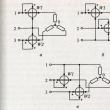
|
New
- Tired MPs want to give Russians a two-hour lunch break. Concepts and categories
- Massage covers Relaxation cape
- Relaxation cover Ergopower ERSC7H Contraindications and benefits of massage cover
- How to pay for utilities directly to the resource supplying organization When we pay directly to utility providers
- Recommendations for finding a job abroad for Russians, Ukrainians, Belarusians
- Forgot the code word belagroprombank How to set up a mobile key belagroprombank
- The habits of rich people: behavior, thinking and interesting facts What makes a person rich ask
- Belagroprombank personal account Fransabank internet banking login
- How to make money on agricultural tourism in Russia How to open an agricultural estate in Belarus
- How much is the labor of a kindergarten teacher in our country and in other countries?

